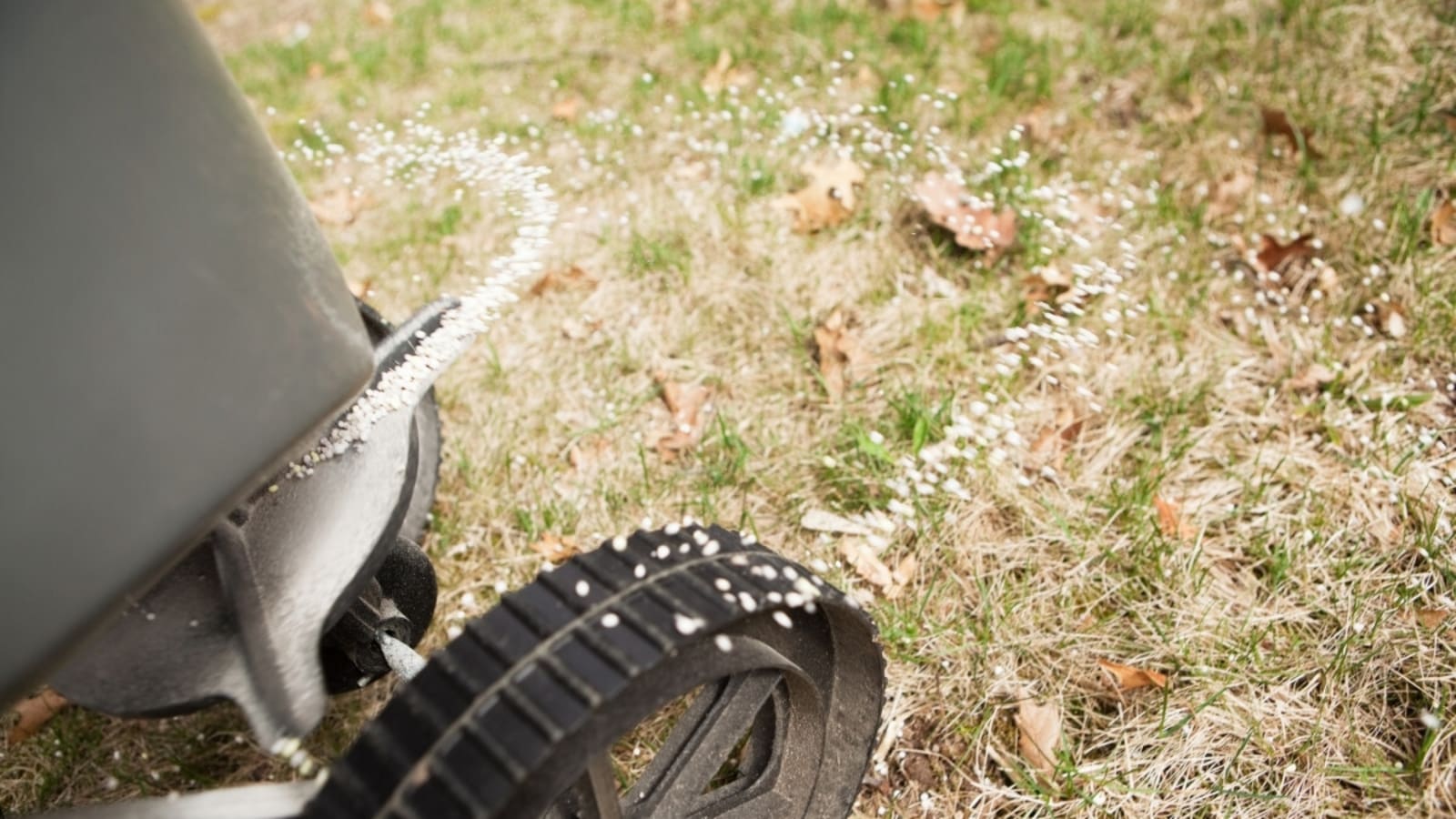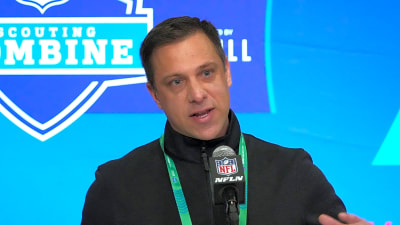
Once November rolls around, many homeowners assume that their lawn care chores can be put aside until spring; however, experts suggest that late fall, particularly November, is a prime time to fortify your lawn. “In many regions of the U.S., November is still prime time for lawn fertilization, especially in areas with cooler climates like the Midwest, Northeast, and Pacific Northwest,” shares Matthew Koch, Ph.D., Director of Biotechnology, Genetics, and Seed at Scotts. By applying fertilizer now, you’re laying the groundwork for a lush, resilient lawn that can handle winter’s harshness and emerge ready to thrive in the spring.
Yes, November Grass and Soil Still Matters
November fertilization is more than a late-season task; it’s a proactive step to support your lawn’s health and strength through winter. During the fall, the drop in temperatures drives your lawn into a period of dormancy, but that doesn't mean it isn't still hungry.
“As temperatures drop, your lawn naturally slows its growth above ground, but beneath the surface, the roots are still active, storing essential nutrients for the colder months,” notes Dr. Koch. “Fertilizing now gives those roots a boost of nutrients they need to stay strong and healthy throughout winter.”
A November feeding not only enhances your lawn’s health but sets the stage for a faster recovery and greener appearance in spring. By addressing your lawn’s deep root growth now, you can make sure it continues to thrive during cool weather, whether your weather forecast predicts heavy downpours or snowfall.
Benefits of Late Fall Applications of Fertilizer
- Root Strength and Winter Resilience: A lawn’s survival and resilience through winter heavily depend on the strength of its root system. Stronger roots can better withstand cold temperatures and potential frost damage.
- Promotes Early Spring Green-Up: “A final fertilizer application is recommended because it sets the stage for a lush, green lawn in the spring,” says Dr. Koch. Fertilizing in November sets the stage for active growth, especially as temperatures warm up in the late spring. Unlike a lawn left unfertilized in the fall, a well-nourished one will turn green faster, often with fewer weeds and a healthier, more even color.
- Long-Term Nutrient Storage: Late fall fertilization enables your lawn to absorb and store nutrients that it will utilize through the dormant winter season. Grass plants that store nutrients will experience a better growth stage in the spring, and be ready to withstand the heat and other summer stresses. According to Dr. Koch, “A good fall fertilizer prepares your lawn for what’s to come, giving it a head start that’s hard to beat during the cold winter months.”
Choosing the Right Fertilizer for November Application
Fall grass fertilization will require you to choose a product suited to fall’s unique needs. "Applying a type of fertilizer geared toward strengthening roots rather than boosting top growth ensures your lawn conserves energy where it’s needed most – in the root system – for a healthier overall structure," highlights Dr. Koch. He recommends using products specifically formulated for this time of year, like Scotts® Turf Builder® WinterGuard® Fall Lawn Food, an option designed for enhanced rooting that supports improved resilience during winter dormancy. It's crafted to work well on any grass type without watering and can be applied on wet or dry lawns, so don't be concerned whether or not heavy rain is in the forecast.
Tips for Applying Fertilizer in November
Applying fertilizer in November is slightly different from spring or summer, where products are more likely to use slow-release nitrogen. Here are a few tips to maximize your late fall fertilization:
- Timing is Key: Aim to apply fertilizer just before the ground begins to freeze. This allows the roots to absorb nutrients before entering the deepest phase of dormancy.
- Spread Evenly: Use a broadcast or drop spreader to distribute the fertilizer evenly, avoiding patchiness and ensuring all parts of your lawn get adequate nutrients.
- Don’t Overdo It: Fall fertilizers are typically higher in potassium and phosphorus for root health. Be cautious not to over-apply, as this can cause fertilizer burn which harms your lawn rather than helping it.
Can you apply lawn fertilizer over snow?
No, it's not recommended. Wait until it melts! If you decide to spread fertilizer on snow you'll simply increase the runoff risk, chance uneven absorption, and, simply put, waste your money. If the roots are frozen, they won't absorb the nutrients. Use it before the ground is frozen, or save it for next year.
More must-reads:
- Tampa Bay Rays get king's ransom in Brandon Lowe, Shane Baz trades
- Dodgers' latest World Series championship comes with staggering luxury-tax bill
- The 'AL and NL MVPs since 2000' quiz
Breaking News
Trending News
Customize Your Newsletter
 +
+
Get the latest news and rumors, customized to your favorite sports and teams. Emailed daily. Always free!








